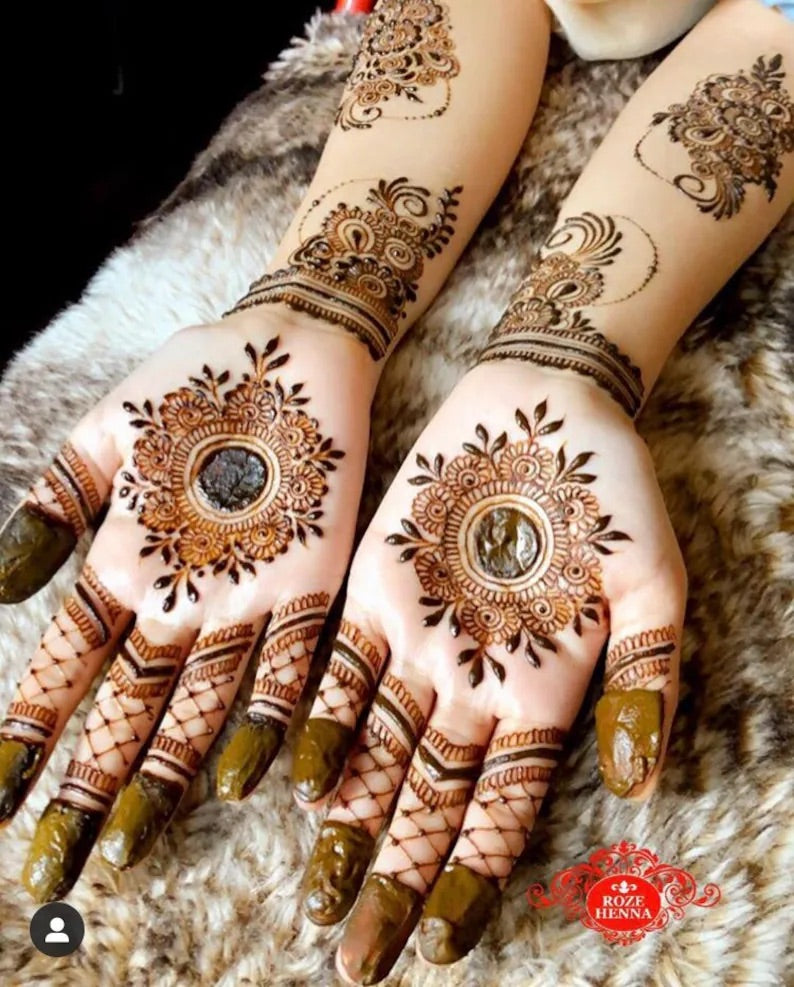Henna is an ancient art form that has been practiced for thousands of years in many cultures around the world. The use of henna for body decoration dates back to ancient Egypt, where it was used to dye hair and nails.
Henna has since become a popular form of body art in many parts of the world, especially in India, the Middle East, and Africa. In these regions, henna is an important part of cultural and religious traditions, such as weddings, festivals, and other special occasions.
In India, henna is known as mehndi and is often used to decorate the hands and feet of brides. Mehndi designs can be intricate and detailed, with patterns inspired by nature, such as flowers, leaves, and vines.
In the Middle East, henna is known as hinna and is often used to decorate the hands and feet of women for special occasions. Hinna designs are usually bold and geometric, with patterns that reflect the region's rich cultural heritage.
In Africa, henna is used by many different ethnic groups for body decoration, often as part of traditional ceremonies and rituals. Henna designs can vary greatly depending on the culture and region, but they often feature patterns that are symbolic and meaningful.
Henna is made from the leaves of the henna plant, which are dried and ground into a fine powder. The powder is then mixed with water, lemon juice, and other natural ingredients to create a paste that can be applied to the skin.
When the henna paste is applied to the skin, it leaves a stain that can last for up to two weeks. The colour of the stain can vary depending on the quality of the henna, the skin type, and the location of the design.
In addition to its decorative uses, henna is also believed to have healing properties and is used in traditional medicine to treat a variety of ailments. Henna is also used in many natural hair care products to condition and strengthen hair.
Today, henna continues to be a popular form of body art around the world. Whether it's for a special occasion or simply as a form of self-expression, henna offers a beautiful and meaningful way to adorn the body and connect with cultural traditions.
